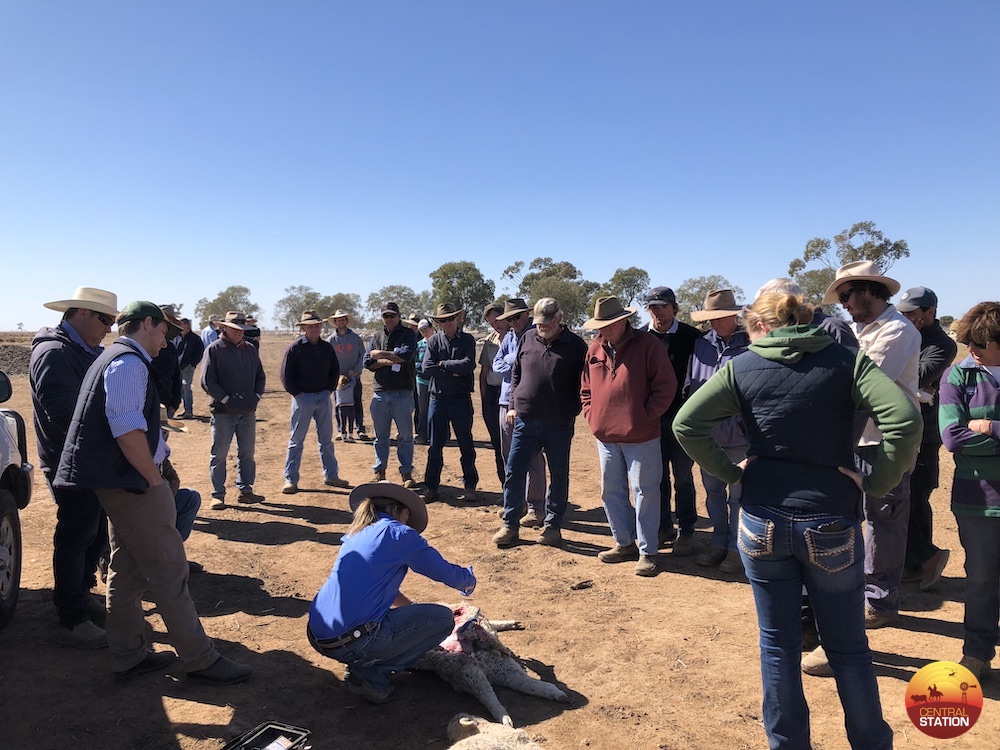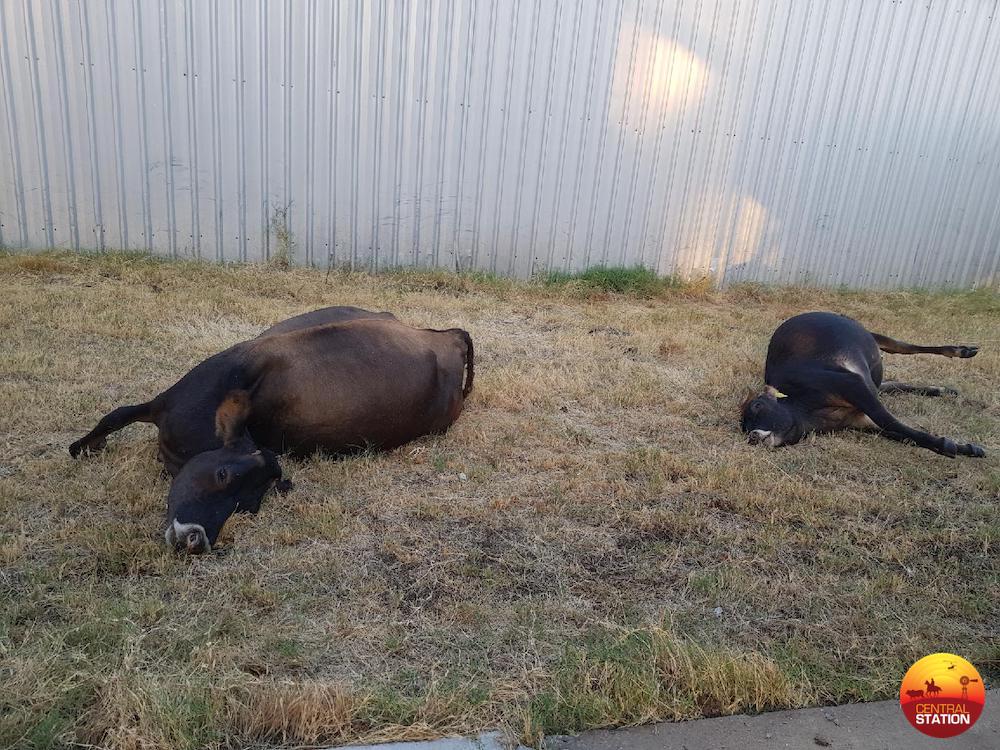CSI: Coonamble, is back!
Host: Dr Jillian Kelly
I often think that my job should be fictionalised into a TV show. I think I’d call it “CSI: Coonamble”. It probably wouldn’t be suitable for viewing anywhere near meal times, and maybe it wouldn’t be everyone’s cup of tea, but it would certainly be educational.
You see, I’m a large animal veterinarian at Coonamble, in central west NSW. I do herd health disease investigations and this involves a lot of post mortems…which I love! Think “Bones“, “Body of Proof” or “Harrow“… except maybe without the shoot outs, bad guys and other human drama.
But seriously, you can learn so much from inside of an animal about how the farm is running, and what could be going wrong. In my opinion, every dead animal should be examined and cause of death determined, in case it is the “canary in the coal mine” and an early warning indicator that there’s a larger problem.
Farmers typically call me when things have started to go wrong and there are a few dead stock. The first thing I do when they call is to try to get a full history. I want to know which paddock they were in, what they were eating, how old they are, when they were drenched and vaccinated, how long they’ve been on the farm, where they came from and if there are any sick ones.
I then drive out to the farm. This can sometimes be hundreds of kilometres, but it’s so worthwhile! I find I can gather a lot of situational awareness and vital information that will contribute to finding the cause of death by visiting “the scene of the crime” (or that’s what they’d call it in the TV show, anyhow).
Once on the farm I want to visit the mob, look at the other stock, look at the pasture or whatever they’ve been eating and then examine the dead animal.
I always have a good look before starting a post mortem. Is there any blood, sign of trauma, bruising, skin lesions, swelling, bloating or anything else that is immediately apparent? We have really useful test kits available for use in the field that rule out major disease that could be transmissible to humans. These take about 15 minutes to run, so once this is ruled out, I can commence sample collection and examination.
I start by taking aqueous humour, which is the fluid from within the eye. This is really useful for measuring for some toxins such as urea and ammonia, as well as minerals such as calcium and magnesium and can be more accurate than blood once the animal is dead. I then open the carcass up, looking first into the chest cavity, then the abdominal cavity.
I examine carefully and then take samples of all major organs. Some samples are kept fresh, others are fixed in a special liquid that will preserve the tissues for histological examination at the laboratory. I systematically start at the head and work my way back, paying particular attention to organs such as the lungs, heart, liver, spleen and kidney. Extra samples are taken of any area of the body that looks abnormal.
I then open the gastrointestinal tract and look at the contents. Are there worms? Inflammation? Foreign bodies? I do a pH test in the largest stomach, the rumen. It’s also important to collect rumen contents if poisonings are considered a possible diagnosis.
Finally, I remove the brain. Some of the brains that we collect enter a national surveillance program for Transmissible Spongiform Encephalopathy (TSE) so removing it in perfect condition takes quite a bit of care and attention.
Often what I have seen inside the animal, combined with the history from the owner and the examination of the other animals gives me a pretty good idea of what the issue might be, and samples are only sent to the lab for confirmation or to check on things. Other times I have no idea and am depending on the lab completely!
Either way, the samples are sent off to the government diagnostic laboratory with the appropriate tests requested. In a few days I will have some more answers and be able to report back to the farmer on what he can do to improve things.
While no one likes dead stock, especially me as a veterinarian, it’s important to view them as scientific forensic opportunities to improve flock and herd welfare, management and productivity. It’s also great information that continues to look for, and then prove Australia’s disease freedom from certain nasty exotic diseases.
So look out for “CSI: Coonamble”… while the show may not be coming to a screen near you anytime soon, it will be traveling around the central west part of NSW helping farmers and looking for disease!
 There is so much to learn from having a look.
There is so much to learn from having a look.
 When Things Go Wrong, call ?CSI Coonamble”.
When Things Go Wrong, call ?CSI Coonamble”.
